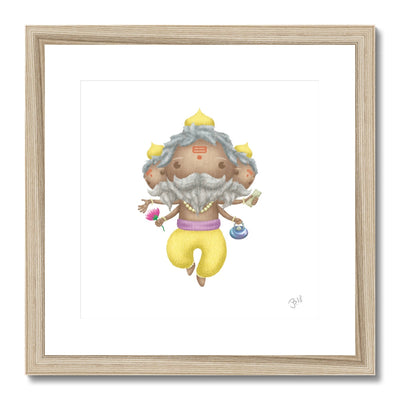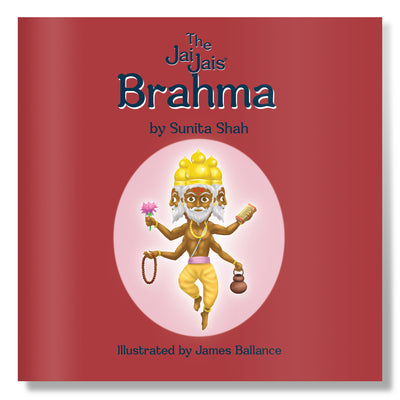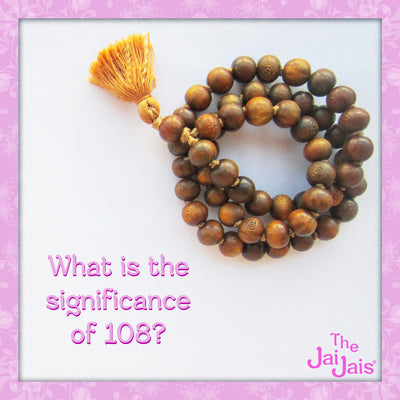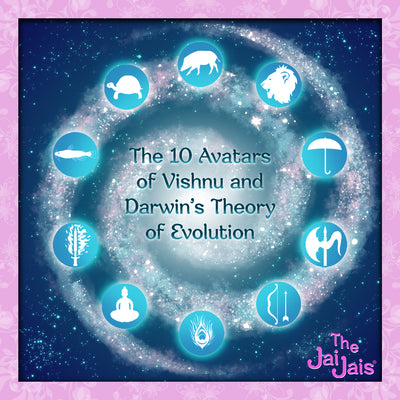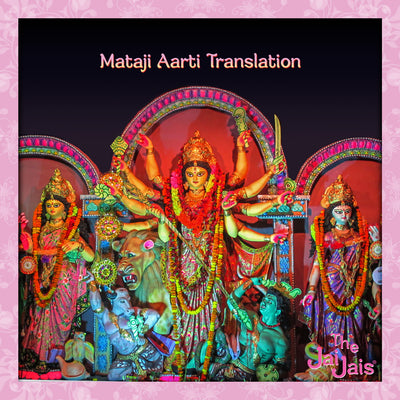Conch shell is a significant instrument in Hinduism. The conch shell is known as the 'Shankha' in Sanskrit. It is a symbol of purity, brilliance and auspiciousness. In Hinduism, the sound from the conch is associated with the sacred syllable 'Om' which is believed to be the first sound of creation. The Shankha or conch marks the beginning of any good work. The sound of the conch is believed to the purest form of sound which ushers in freshness and new hope.
The word 'Shankha' literally means pacifying the inauspicious and impure. Therefore the conch shell is blown at the beginning of any religious ritual in Hinduism.
Origin Of Shankha
The Shankha or conch is believed to have originated from the churning of ocean or Samudra Manthan. There are two types of conches - the left handed conch shell and the right handed conch shell. The right handed conch is considered auspicious and is also known as Valampiri Shankha or Lakshmi Shankha.
Association Of Shankha With Hindu Deities
Shankha is usually associated with Lord Vishnu. A conch is one of the five principal weapons of Lord Vishnu. Lord Vishnu's conch is known as the 'Panchjanya' which is believed to be the most powerful among the conch shells. It is said to contain the five elements i.e water, fire, earth, sky and air. When the conch is blown, the sound emanated from it is a symbol of creation. Shankha is also associated with the God of Wealth, Kubera. The right handed conch shell is kept at home by many people because it is said to bring wealth and prosperity.
Significance Of Shankha
A Shankha or conch shell is a symbol of purity. Shankha is believed to hold the cosmic energy within itself which gets emanated when it is blown. Leaving aside the mythology part, even if you hold the Shankha near your ear, you can hear a humming sound of ocean in it. This is actually a natural vibration or cosmic energy of Earth which gets magnified on entering the conch shell. Ref: Boldsky, Sanchita Chowdhury




